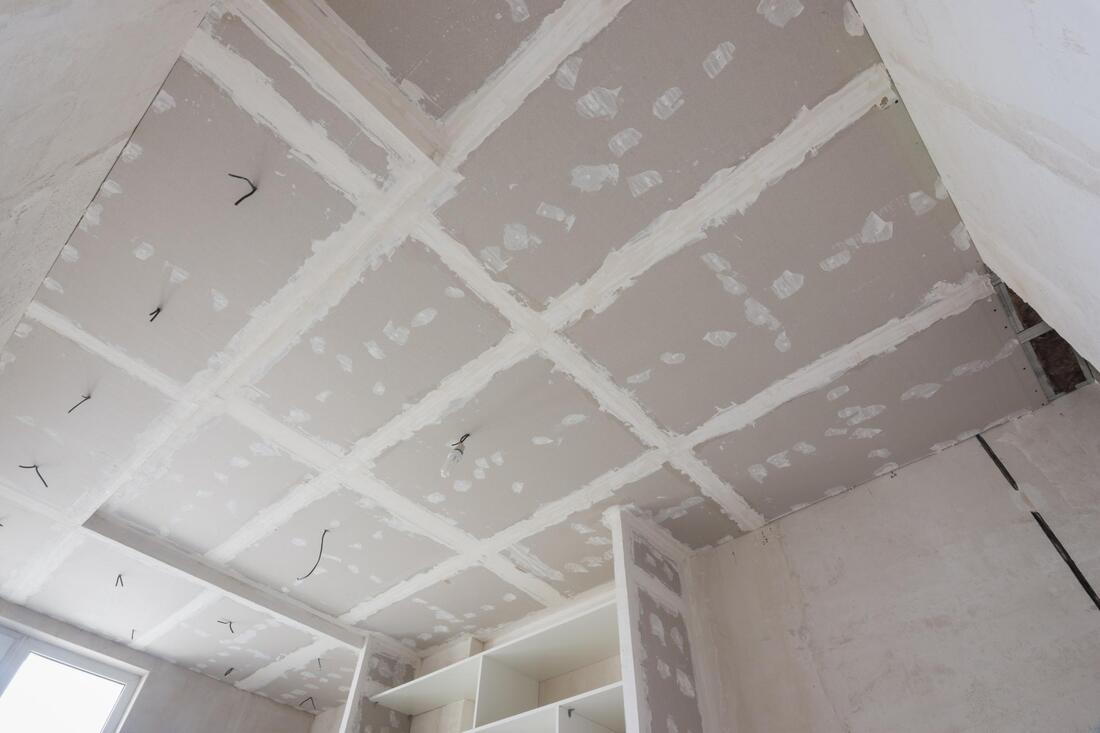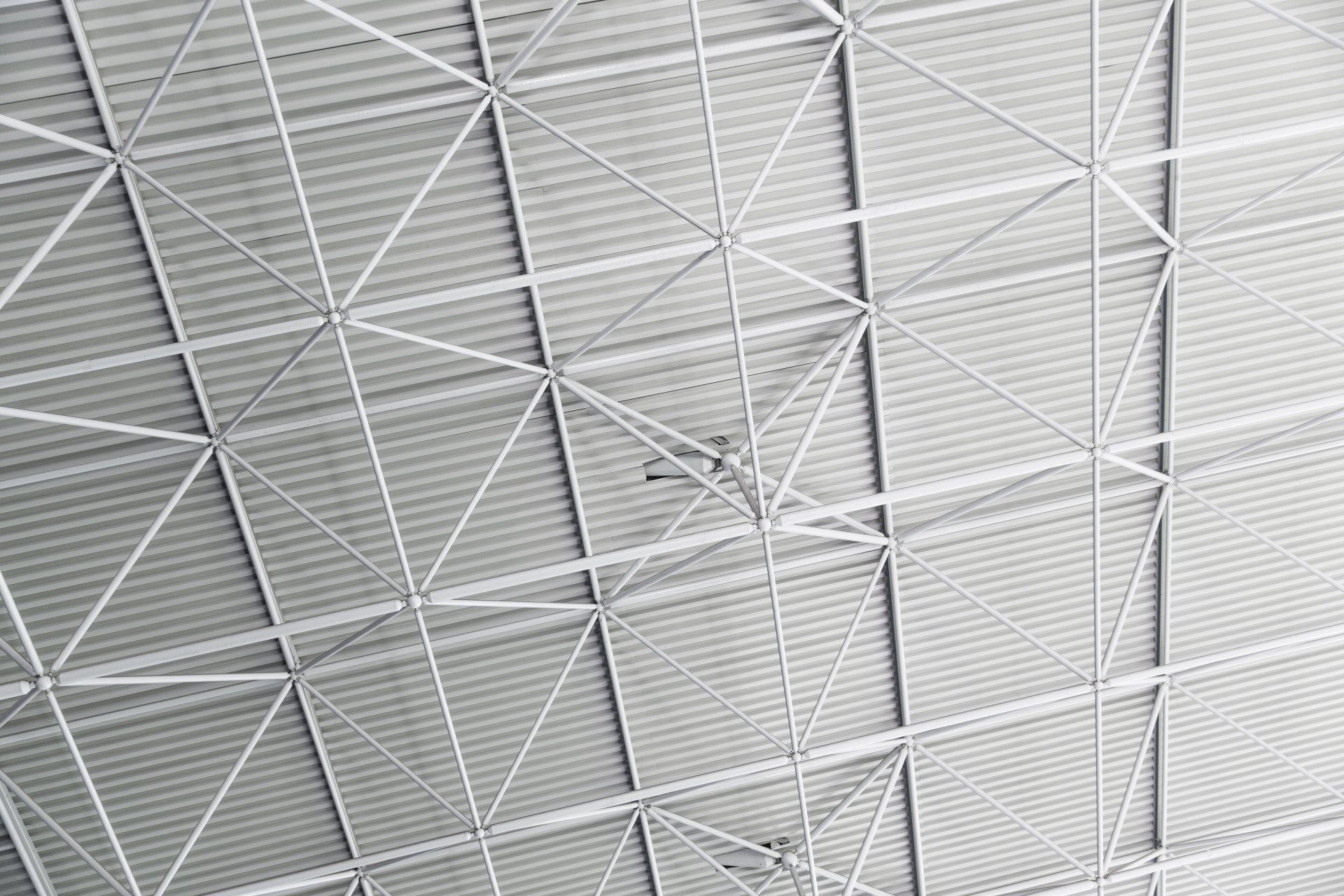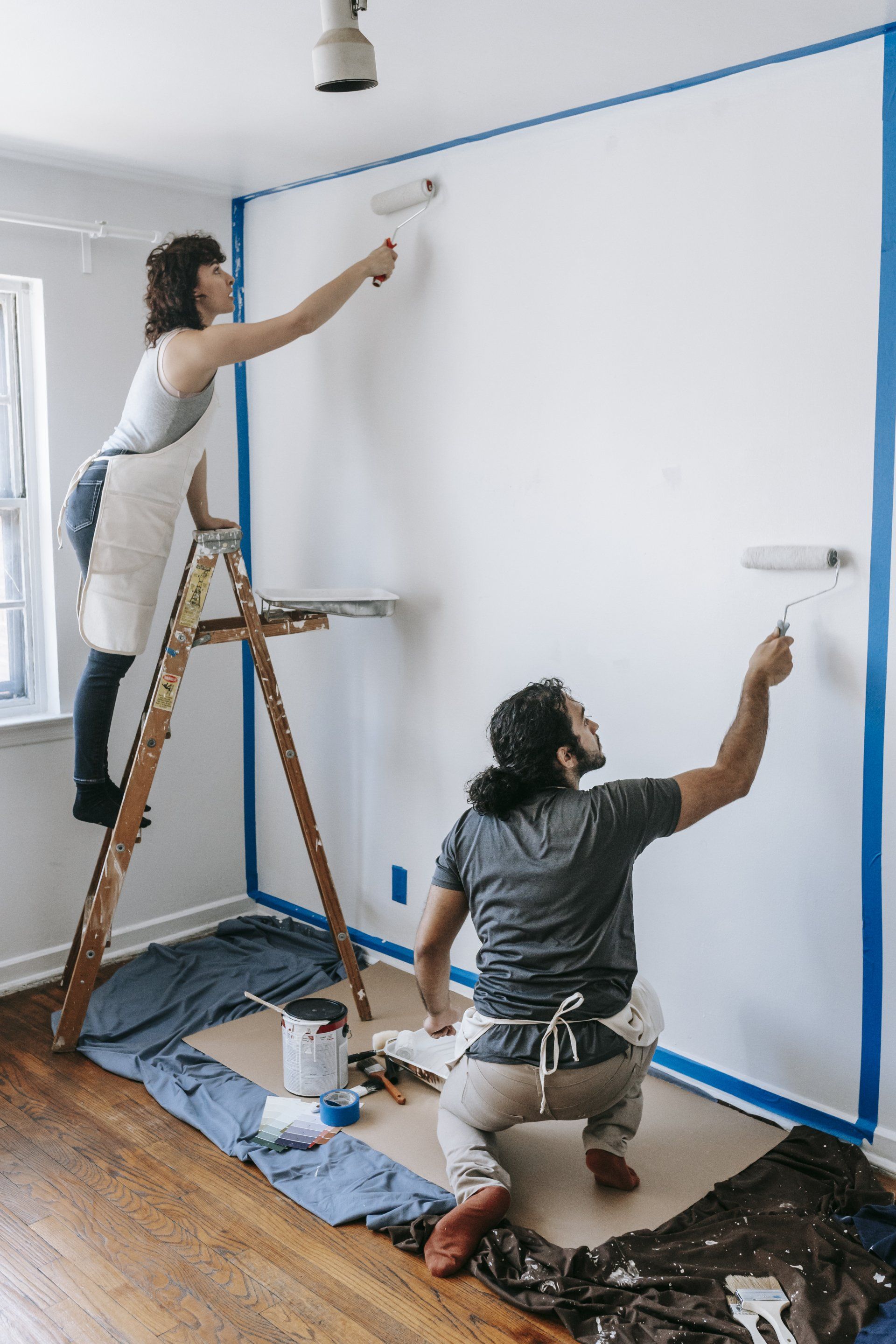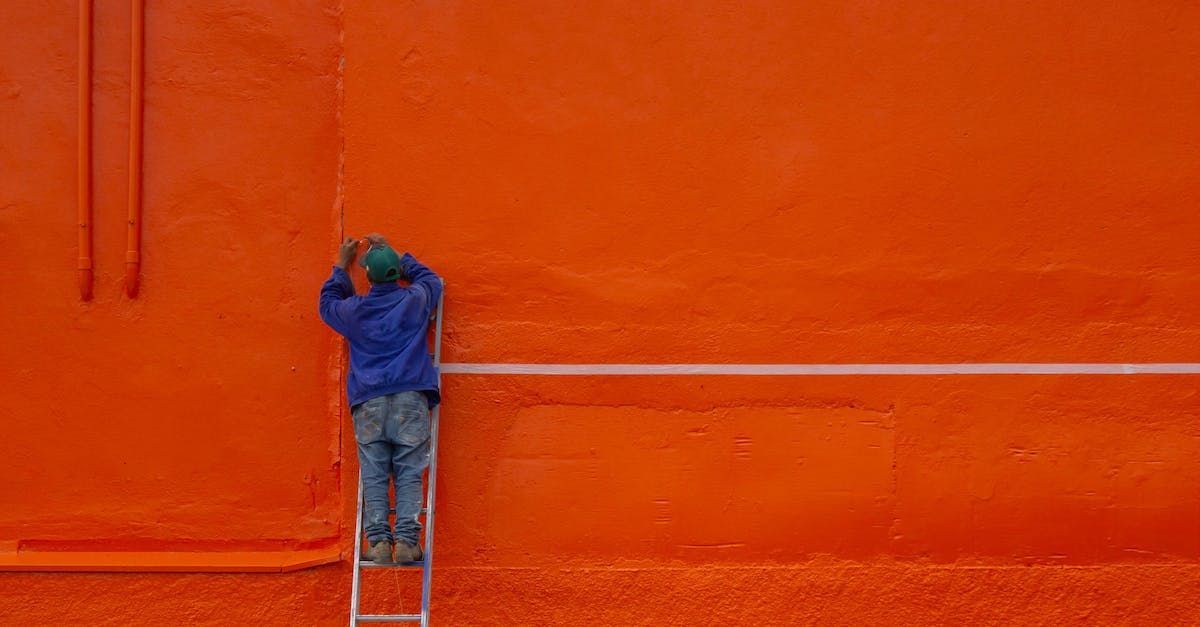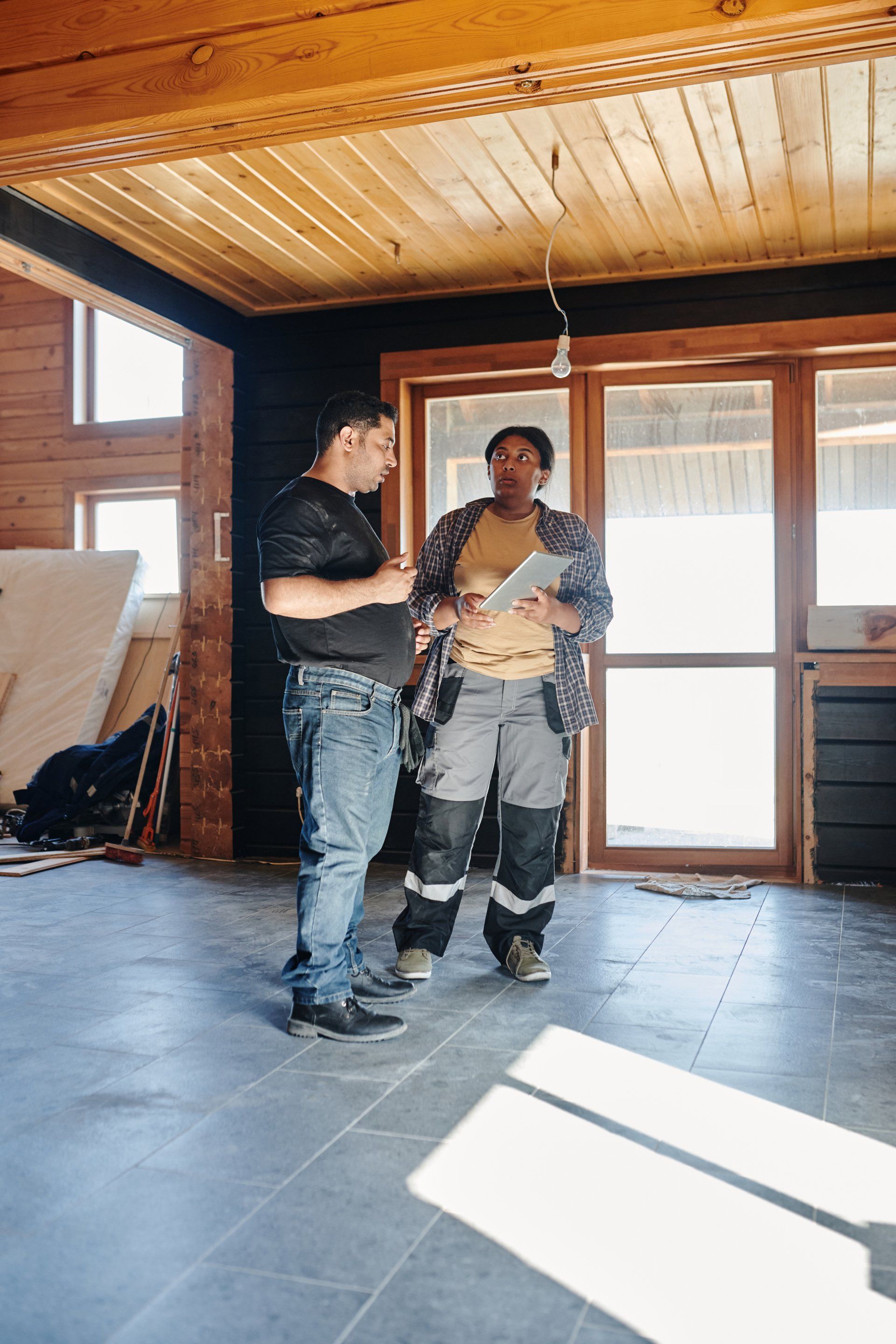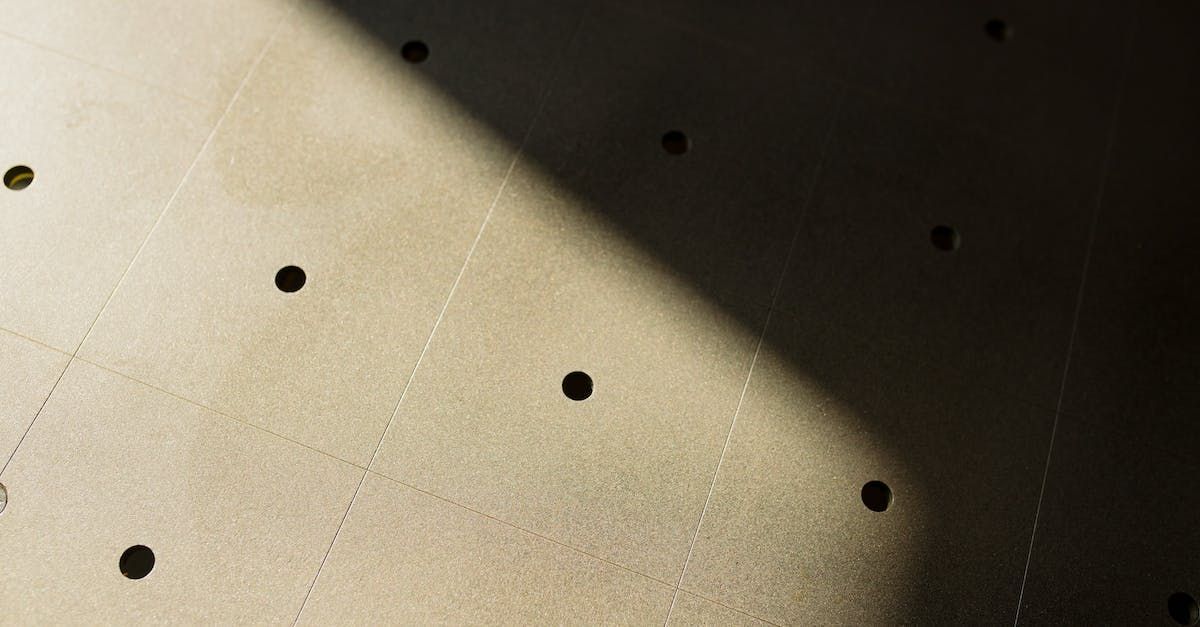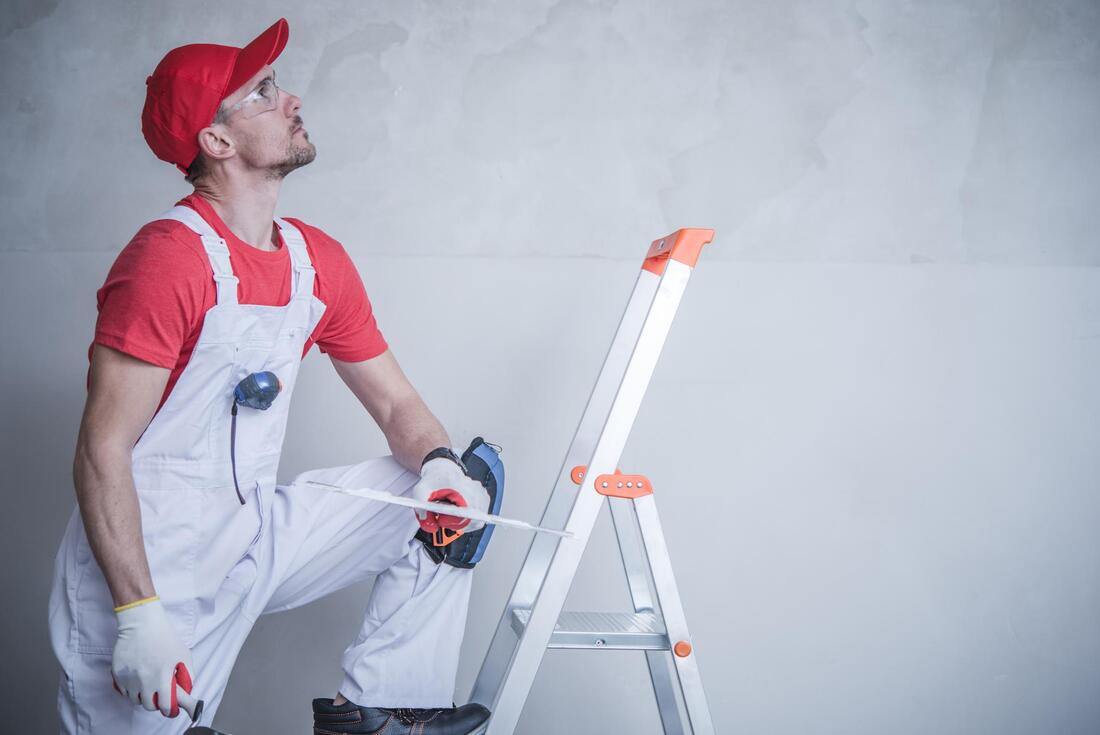Causes and Prevention of Drywall Water Damage
Effective Strategies for Drywall Water Damage: Prevention, Detection, and Repair
Drywall, a staple in modern construction, is unfortunately prone to water damage. Understanding the causes and preventive measures is crucial for maintaining the integrity and aesthetics of your home. This article delves into the world of drywall water damage, exploring how to prevent it, identify it, and address it efficiently.
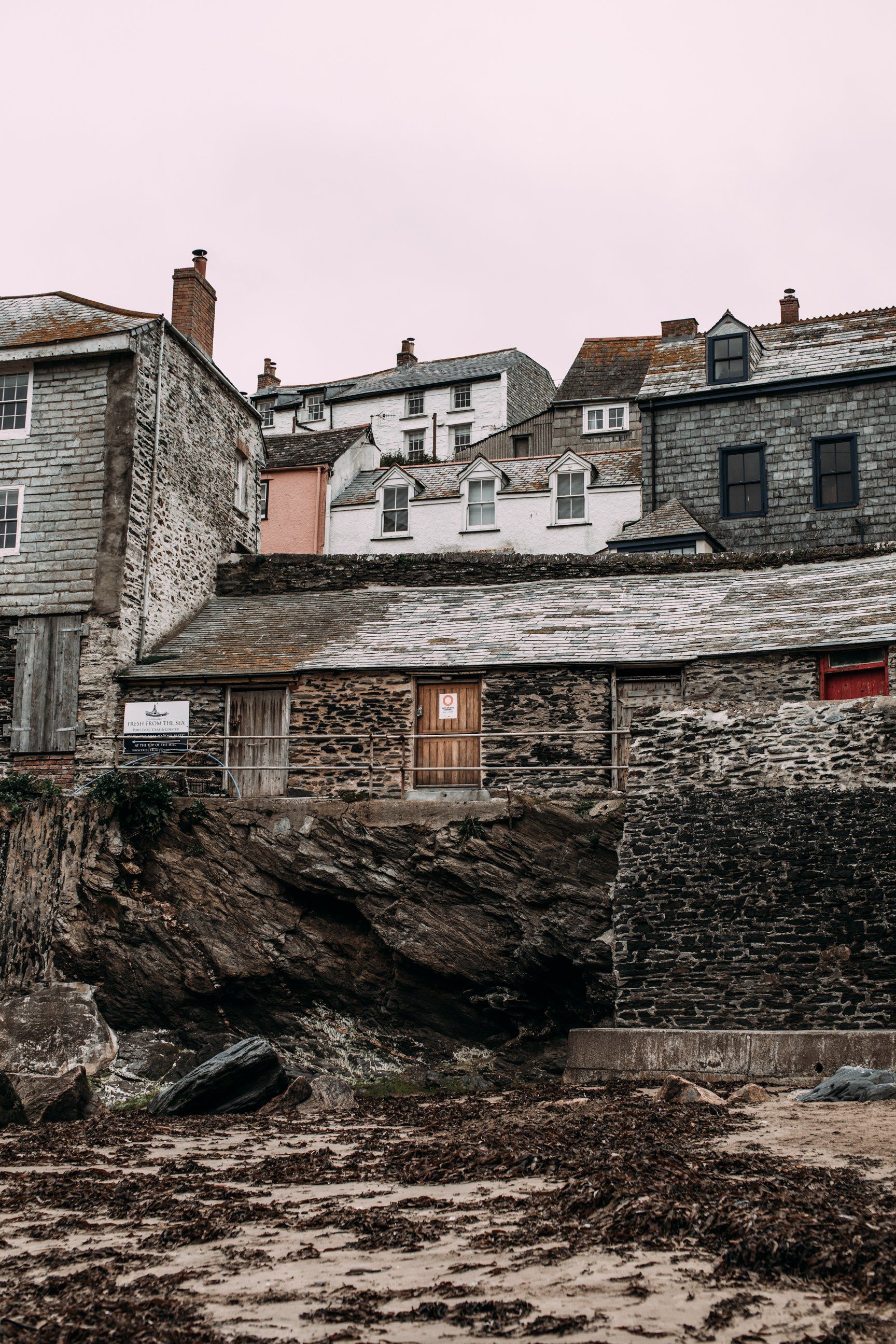
Causes of Drywall Water Damage
Drywall water damage can stem from various sources. Common culprits include plumbing leaks, roof leaks, and high humidity levels. These issues can lead to the deterioration of drywall, causing structural and aesthetic damage.
Preventive Measures
Prevention is key in avoiding costly repairs. Regular maintenance of plumbing and roofing can avert potential leaks. In areas of high moisture, like bathrooms or basements, consider installing water-resistant drywall. Additionally, proper ventilation and dehumidifiers can help manage humidity levels, reducing the risk of damage.
Identifying Drywall Water Damage
Early detection can prevent extensive damage. Signs of drywall water damage include discoloration, swelling, or a musty odor. If you notice any of these signs, immediate action is necessary.
Drywall Water Damage Repair
Once drywall water damage is identified, prompt repair is crucial. The extent of the damage will dictate whether it's a DIY task or if professional assistance is needed. For minor damages, homeowners can undertake the repair, but extensive damage often requires professional intervention.
Fix Ceiling Drywall Water Damage
Ceiling drywall water damage often presents a greater challenge due to its location. Safety and proper technique are paramount when
dealing with ceiling repairs. If unsure, it's advisable to seek professional help.
Drywall Water Damage Repair Cost
The cost to
repair drywall water damage varies depending on the extent of the damage and whether you opt for DIY or
professional services. While DIY can be more cost-effective, it may not always be the best option for severe damage.
Finding Drywall Water Damage Repair Near Me
For professional repairs, searching for "drywall water damage repair near me" can yield local contractors who specialize in this area. Ensure to check their credentials and reviews to find a reliable service provider.
Cost to Repair Drywall Water Damage
The cost to repair drywall water damage is influenced by the size of the damaged area and the complexity of the repair. It's advisable to obtain multiple quotes to find a service that offers both quality and value.
Drywall Water Damage Repair Contractors
Choosing the right drywall water damage repair contractors is crucial. Look for experienced, licensed professionals with a track record of quality work. They can provide efficient and effective solutions to restore your drywall.
Understanding the Severity of Drywall Water Damage
The severity of drywall water damage can range from superficial to structural. Superficial damage might include slight discoloration or peeling paint, which can often be fixed with some spackling and paint. However, if the drywall is soft to the touch or visibly warped, this indicates more severe damage that might compromise the structural integrity of the wall or ceiling.
DIY vs. Professional Drywall Water Damage Repair
For DIY enthusiasts, small repairs can be a manageable task. This typically involves cutting out the damaged section, replacing it with new drywall, and then finishing it with joint compound and paint. However, large areas of damage, especially those that might affect electrical wiring or plumbing, are best left to professionals. They have the tools and expertise to handle complex repairs safely and effectively.
The Hidden Dangers of DIY Repairs
While DIY repairs can be tempting, they come with hidden dangers. Inadequate repair can lead to mold growth within the walls, a serious health hazard. Furthermore, improperly handled repairs can lead to further damage, necessitating more extensive and expensive fixes down the line.
Incorporating Water Damage Resistant Materials
In areas prone to moisture, consider upgrading to water-resistant drywall, also known as green board. This type of drywall is specially designed to withstand humid conditions, making it a great investment for bathrooms, kitchens, and basements.
The Importance of Professional Assessment
Before undertaking any repairs, it's advisable to have a professional assess the extent of the damage. They can determine if there's any hidden damage, such as mold or structural issues, that need to be addressed. This initial assessment can save time and money in the long run.
Cost-Effective Solutions and Budgeting
Understanding the factors that influence the cost of repairs can help in budgeting. The size of the damaged area, the complexity of the work, and the materials needed are primary cost drivers. Getting multiple quotes can provide a clear picture of the expected expenses.
Insurance Coverage and Claims
In some cases, your homeowner's insurance may cover the cost of drywall water damage repair, especially if it's due to sudden and accidental events like plumbing failures. It's important to check your policy and work closely with your insurance company to understand your coverage and file a claim if applicable.
Regular Maintenance and Inspection
Regular inspection of your home for any signs of water damage or leaks can prevent major repairs. Pay special attention to areas around plumbing fixtures, roofs, windows, and basements. Timely addressing small issues can prevent them from escalating into major problems.
Conclusion
Drywall water damage, though a common issue in many homes, can be effectively managed and prevented with the right knowledge and approach. Whether tackling repairs yourself or hiring professionals, understanding the causes, prevention methods, and repair techniques is crucial. Regular maintenance, early detection, and appropriate interventions are key to preserving the integrity and beauty of your home. Remember, when in doubt, consulting a professional can save time, money, and ensure the longevity of your repairs.

